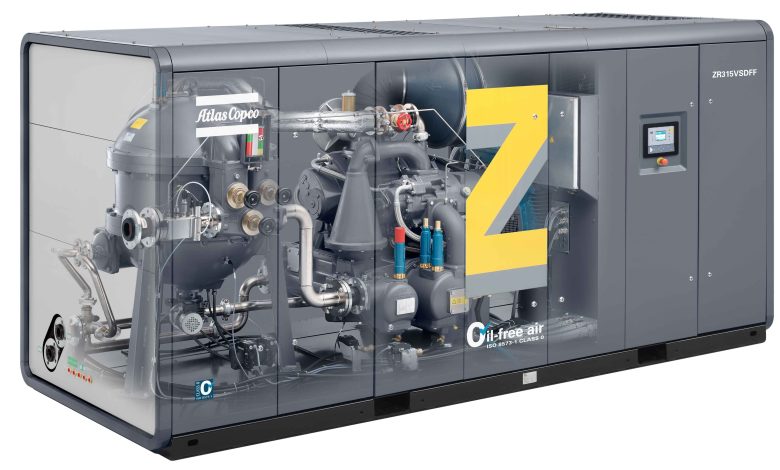High Quality Chair & Automotive Molds from China

Purchasing customized injection molds for plastic chairs and automotive parts from China can significantly reduce costs, but requires careful management to achieve premium quality results. Here are best practices for sourcing these molds successfully from Chinese partners.
Overview of sourcing chair and automotive molds in China
With its mature manufacturing ecosystem and lower labor costs, China has firmly established itself as the top global supplier for all types of plastic injection molds and tooling. Chair molds and automotive component molds often require high precision and specialty engineering. Reputable Chinese mold makers have the technical skills to provide excellent quality chair and automotive molds at very attractive pricing compared to Western suppliers.
However, the overseas supply chain also introduces risks around quality control, intellectual property, production schedules, and communication barriers. Following proven practices around supplier selection, specification development, quality management, and collaboration is key for companies looking to source quality chair and automotive molds in China.
How to evaluate and select the right Chinese mold suppliers
Finding the most qualified partners is the crucial first step for sourcing molds successfully in China. Use these criteria when evaluating potential suppliers:
- Industry experience – Seek companies with proven expertise in chair molds and automotive molds specifically. Request referrals from industry peers.
- Technical capabilities – Assess their engineering staff competency, production and measurement equipment, quality systems, testing labs and past project portfolio specifically for chair and automotive molds.
- Capacity – Validate they can meet potential order volumes without delays or quality sacrifices from overloading their production.
- Track record – Check for satisfied customers in chair/auto manufacturing and proven ability to deliver premium quality molds on time. Avoid suppliers with poor reviews.
- Communication – Evaluate responsiveness, English proficiency, transparency and cultural fit. This enables seamless project execution.
- Competitive pricing – Compare pricing between several qualified suppliers. Seek optimal value based on total lifetime costs, not just lowest initial quote.
Thoroughly vetting suppliers against these criteria before engagement reduces project risks and ensures molds that meet specifications in all regards. Visit facilities in person for even deeper assessment when possible. Engineered thermoplastic molding enables innovative solutions for everyday consumer goods like molded chairs and tables as well as specialized products such as precision automotive parts. Companies including MyPlasticMold offer full-service plastic mold making and injection molding.
Defining chair and automotive mold technical specifications
Provide comprehensive design requirements and mold technical specifications to Chinese suppliers to maximize clarity and prevent errors:
- 3D CAD models – Supply full 3D CAD data for mold and part geometry. Avoid misinterpretations from limited 2D drawings.
- Material and surface finish specs – Specify all plastic resins and surface finishes needed to meet product requirements.
- Dimensional precision – Call out all critical mold and component dimensions along with tolerances required.
- Mold base specs – Required mold plate sizes, materials, cooling layout, ejector layout, venting, polishing needs, coatings etc.
- Lifetime requirements – Details on expected part production volumes and longevity requirements in cycles. This defines tooling durability needs.
- Quality protocols – Any special tests, measurements, sampling, first article qualification needed to validate molds initially and in production.
Total clarity on specifications right from the outset prevents defects, revisions, and delays from misaligned expectations between customer and supplier. Treat the RFQ process itself as collaboratively aligning on requirements.
Best practices for quality control and validation
Robust quality management practices ensure Chinese molds meet specifications:
- Design reviews – Conduct formal design reviews at multiple stages to fully align before fabrication work begins.
- Interim inspections – Inspect workmanship and functionally test molds at multiple points during the fabrication process.
- First article sampling – Thoroughly test parts molded from initial samples. Confirm full compliance before approving molds for production use.
- Dimensional verification – Require detailed dimensional inspection reports from the supplier for first article molds to validate precision.
- Ongoing audits – Periodically review supplier process controls and inspect molded parts from production molds to ensure consistency.
- Change control – Utilize formal change management procedures and impact reviews for any post-fabrication design change requests.
- Full documentation – Insist on documentation of all quality processes, measurements, issues, corrective actions taken and mold history.
Proactively engaging quality engineers collaboratively with Chinese partners demonstrates the importance you place on delivering molds that meet specifications in all regards.
Key considerations around lead times and project planning
Proper planning and open communication allow molds to be delivered on time without surprises. Discuss these items openly:
- Realistic time estimates – Develop schedules collaboratively based on design complexity, tooling requirements, and potential delays. Leave buffer time.
- Milestone planning – Outline key dates for design reviews, progress inspections, payment points, shipping, and delivery. Closely monitor together.
- Acceleration options – Understand costs for expediting timelines if priorities shift. But accelerated schedules compromise quality.
- Iteration allowance – Build in some buffer for minor design tweaks or enhancements after initial samples. Assume at least one round of revisions.
- Open communication – Maintain proactive project calls to check progress, exchange questions, and resolve any issues early before escalation.
- Contingencies – Have backup plans if suppliers fall behind schedule or fail to meet standards after contracts are signed. But don’t share this openly.
Thoughtfully planning the ideal timeline while also discussing risk mitigation results in positive on-time mold delivery working with Chinese partners.
Sourcing high quality chair molds and automotive component molds from China at optimal cost targets can be readily achieved by selecting the right partner, clearly defining specifications, implementing robust quality control, and maintaining excellent communication and project governance throughout the development process.